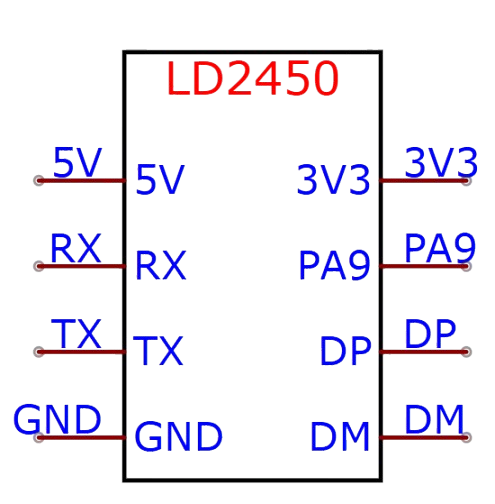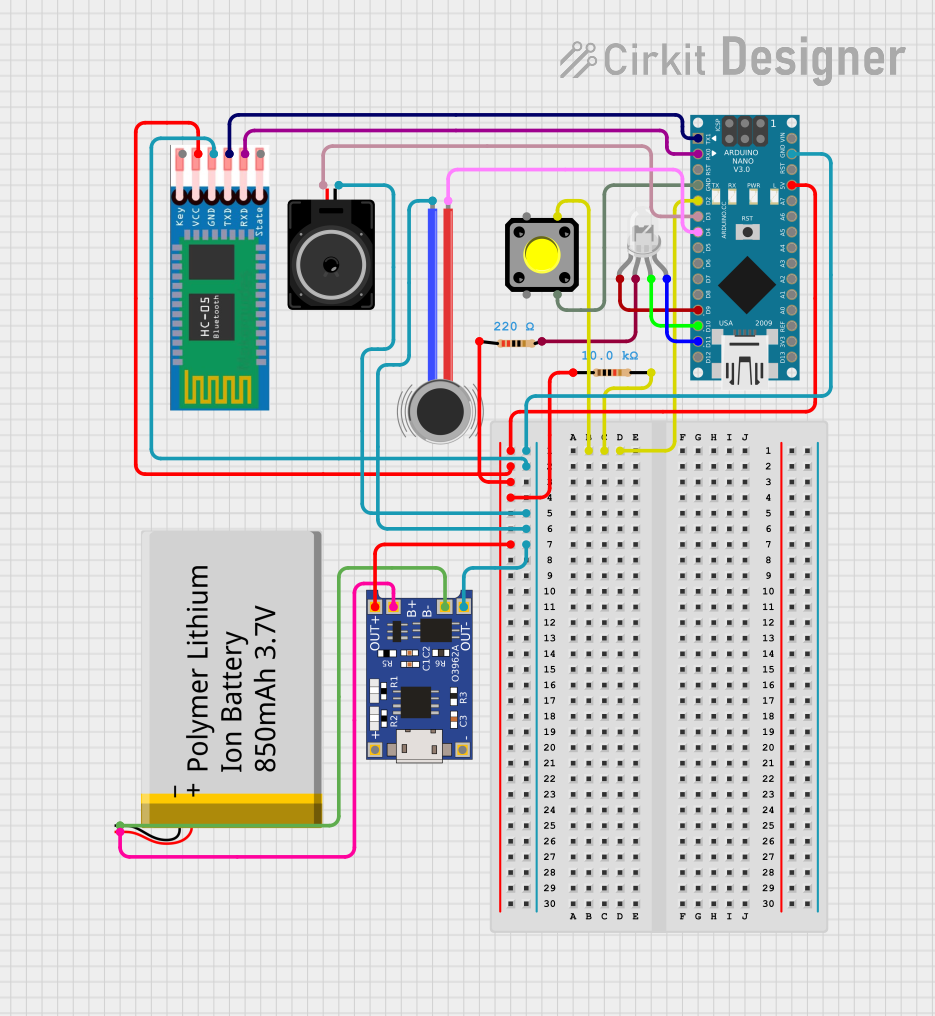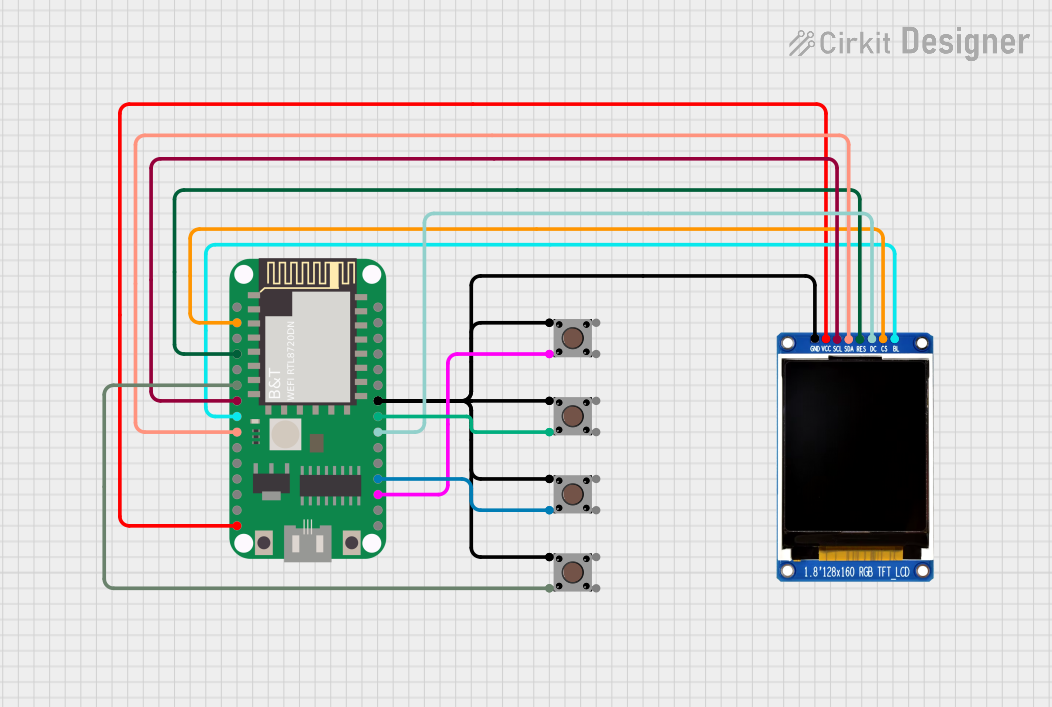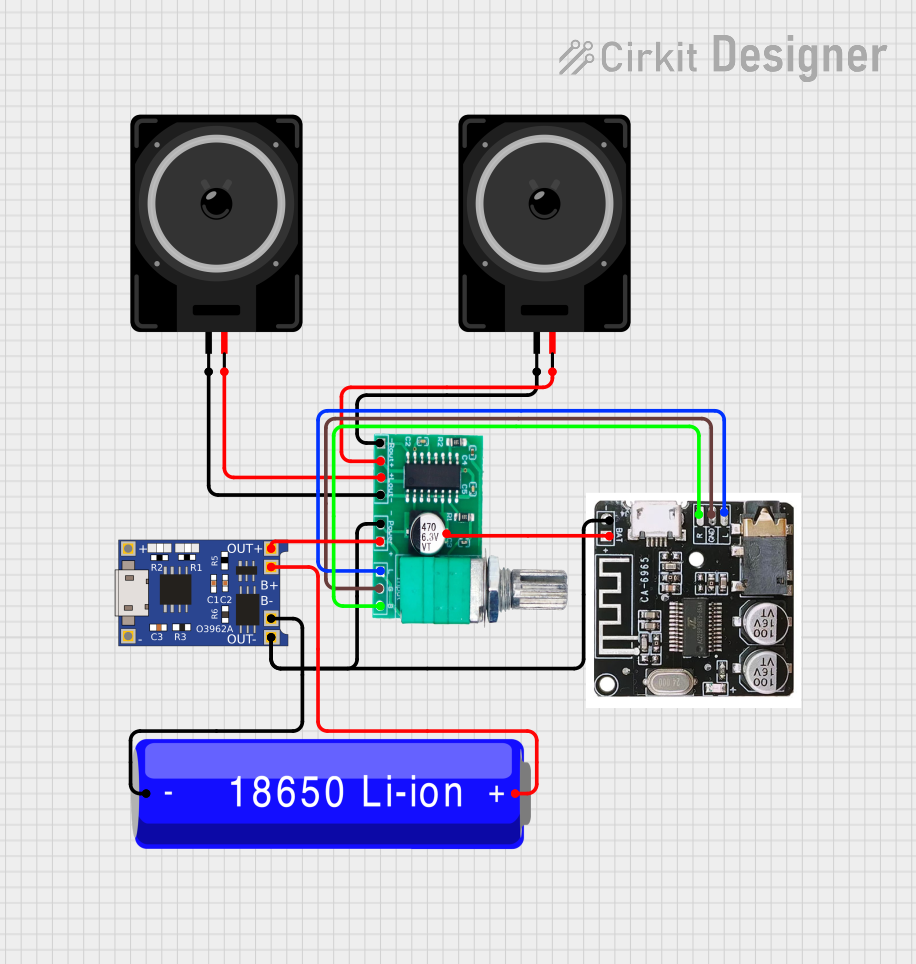
How to Use HLK-LD4250: Examples, Pinouts, and Specs

 Design with HLK-LD4250 in Cirkit Designer
Design with HLK-LD4250 in Cirkit DesignerIntroduction
The HLK-LD4250 is a compact, high-efficiency AC-DC power supply module designed for low-power applications. It converts AC voltage (110V/220V) to a stable DC output, making it ideal for powering various electronic devices and circuits. Its small size and high reliability make it a popular choice for embedded systems, IoT devices, and home automation projects.
Explore Projects Built with HLK-LD4250

 Open Project in Cirkit Designer
Open Project in Cirkit Designer
 Open Project in Cirkit Designer
Open Project in Cirkit Designer
 Open Project in Cirkit Designer
Open Project in Cirkit Designer
 Open Project in Cirkit Designer
Open Project in Cirkit DesignerExplore Projects Built with HLK-LD4250

 Open Project in Cirkit Designer
Open Project in Cirkit Designer
 Open Project in Cirkit Designer
Open Project in Cirkit Designer
 Open Project in Cirkit Designer
Open Project in Cirkit Designer
 Open Project in Cirkit Designer
Open Project in Cirkit DesignerCommon Applications and Use Cases
- Powering microcontrollers (e.g., Arduino, ESP32, Raspberry Pi)
- IoT devices and smart home systems
- LED lighting systems
- Industrial control systems
- Low-power consumer electronics
Technical Specifications
Key Technical Details
| Parameter | Value |
|---|---|
| Input Voltage Range | 90V AC to 264V AC |
| Output Voltage | 5V DC |
| Output Current | 250mA |
| Output Power | 1.25W |
| Efficiency | ≥ 70% |
| Operating Temperature | -20°C to +60°C |
| Storage Temperature | -40°C to +80°C |
| Dimensions | 35mm x 18mm x 15mm |
| Isolation Voltage | 3000V AC |
| Protection Features | Overload, Overvoltage, Short Circuit |
Pin Configuration and Descriptions
| Pin Number | Pin Name | Description |
|---|---|---|
| 1 | AC-L | Live input for AC voltage |
| 2 | AC-N | Neutral input for AC voltage |
| 3 | +5V | Positive DC output (5V) |
| 4 | GND | Ground (0V) for DC output |
Usage Instructions
How to Use the HLK-LD4250 in a Circuit
Connect the AC Input:
- Connect the
AC-Lpin to the live wire of the AC mains. - Connect the
AC-Npin to the neutral wire of the AC mains. - Ensure proper insulation and safety precautions when working with AC voltage.
- Connect the
Connect the DC Output:
- Use the
+5Vpin to power your circuit's positive rail. - Connect the
GNDpin to the ground rail of your circuit.
- Use the
Add Filtering Capacitors (Optional):
- For improved stability, add a 10µF electrolytic capacitor and a 0.1µF ceramic capacitor across the
+5VandGNDpins.
- For improved stability, add a 10µF electrolytic capacitor and a 0.1µF ceramic capacitor across the
Mounting:
- Secure the module on a PCB or enclosure to prevent movement and accidental contact with high-voltage pins.
Important Considerations and Best Practices
- Safety First: Always handle the module with care when connected to AC mains. Ensure proper insulation and avoid touching live parts.
- Heat Dissipation: Although the module is efficient, ensure adequate ventilation to prevent overheating.
- Load Requirements: Do not exceed the maximum output current of 250mA to avoid damage.
- Isolation: The module provides 3000V AC isolation, making it safe for use in sensitive applications.
Example: Using HLK-LD4250 with an Arduino UNO
The HLK-LD4250 can be used to power an Arduino UNO directly via its 5V pin. Below is an example circuit and code to blink an LED using the Arduino UNO powered by the HLK-LD4250.
Circuit Diagram
- Connect the
+5Vpin of the HLK-LD4250 to the 5V pin of the Arduino UNO. - Connect the
GNDpin of the HLK-LD4250 to the GND pin of the Arduino UNO. - Connect an LED to pin 13 of the Arduino UNO with a 220Ω resistor in series.
Arduino Code
// This code blinks an LED connected to pin 13 of the Arduino UNO.
// Ensure the HLK-LD4250 is properly connected to power the Arduino.
void setup() {
pinMode(13, OUTPUT); // Set pin 13 as an output pin
}
void loop() {
digitalWrite(13, HIGH); // Turn the LED on
delay(1000); // Wait for 1 second
digitalWrite(13, LOW); // Turn the LED off
delay(1000); // Wait for 1 second
}
Troubleshooting and FAQs
Common Issues and Solutions
| Issue | Possible Cause | Solution |
|---|---|---|
| No DC output | Incorrect AC input connection | Verify AC-L and AC-N connections. |
| Output voltage is unstable | Insufficient filtering | Add a 10µF and 0.1µF capacitor across |
+5V and GND pins. |
||
| Module overheating | Overloading or poor ventilation | Reduce load or improve ventilation. |
| Arduino not powering on | Insufficient current from HLK-LD4250 | Ensure load does not exceed 250mA. |
FAQs
Can the HLK-LD4250 power a Raspberry Pi?
- No, the HLK-LD4250 provides only 250mA, which is insufficient for most Raspberry Pi models.
Is the module safe for use in home automation projects?
- Yes, the module is designed with 3000V AC isolation and protection features, making it safe for such applications.
Can I use the HLK-LD4250 with a 12V DC output?
- No, the HLK-LD4250 is specifically designed for a 5V DC output. For 12V, consider other models in the HLK series.
Do I need additional components to use the HLK-LD4250?
- While not mandatory, adding filtering capacitors can improve output stability.
By following this documentation, you can safely and effectively integrate the HLK-LD4250 into your projects.